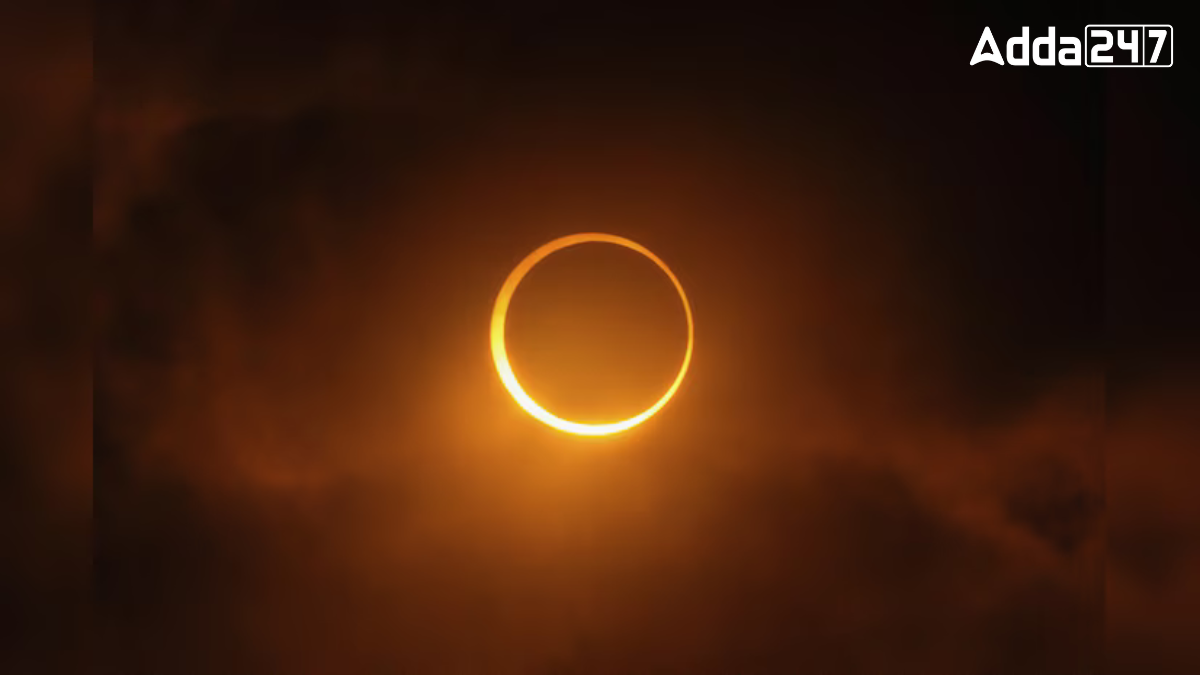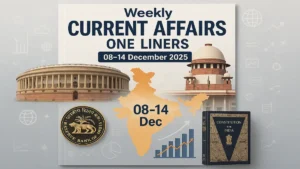On Saturday, March 29, 2025, the world will witness this year’s first solar eclipse. A solar eclipse happens when the Moon comes between the Sun and the Earth, blocking the Sun either partially or fully. However, this time, it will be a partial solar eclipse, meaning of the Sun, Moon and Earth will not be perfectly aligned. The Sun will appear partially covered by the Moon.
What is a Solar Eclipse?
A solar eclipse is a natural event that happens when the Moon comes between the Sun and the Earth. This blocks the Sun’s light either fully or partially. When this happens, some parts of the world experience darkness during the day.
What makes the Eclipse Special?
On March 29, 2025, many parts of the world will witness a partial solar eclipse. This means that the Sun, Moon and the Earth will not be perfectly aligned. As a result, the Moon will only cover part of the Sun. No place will experience a total eclipse this time.
Where will Eclipse be Visible?
The partial solar eclipse will be visible in:
- North America (including the US and Canada) during sunrise.
- Europe and Africa during mid to late morning.
- Northern Asia in the afternoon or early evening.
- Parts of South America, Greenland, Iceland and the Atlantic and Arctic Oceans.
Unfortunately, India will not be able to see the eclipse. However, people in India can watch it through live streams on various online platforms.
Solar Eclipse Timings
According to Indian Standard Time (IST):
- The eclipse will start at 02:20:43 PM.
- It will peak at 04:17:27 PM.
- The eclipse will end at 06:13:45 PM.
Safety Tips for Viewing the Eclipse
Watching a solar eclipse with bare eyes can damage your eyesight. To view it safely:
- Use solar viewing glasses or eclipse glasses.
- A handled solar viewer can also be used.
- Do not use regular sunglasses, as they do not protect the eyes.
- Avoid using cameras, telescopes or binoculars without special solar filters, as they can harm the eyes even with eclipse glasses.



 Weekly Current Affairs One Liners 08th t...
Weekly Current Affairs One Liners 08th t...
 Which Indian City is Known as the Footwe...
Which Indian City is Known as the Footwe...
 Which Desert is known as the Cold Desert...
Which Desert is known as the Cold Desert...







